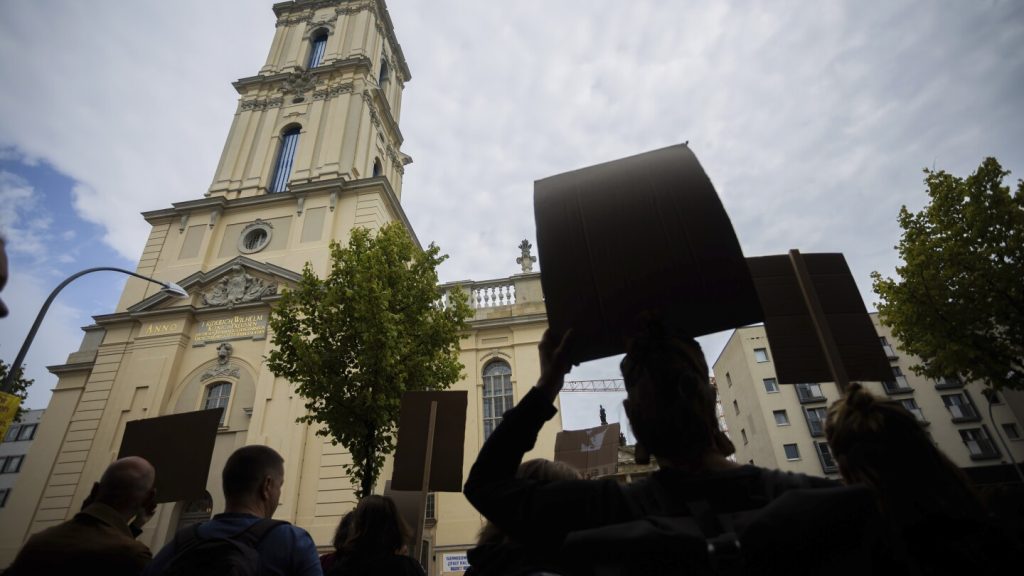Germany’s president, Frank-Walter Steinmeier, inaugurated the rebuilt tower of the Garrison Church in Potsdam, just outside Berlin. The church has a complicated history, having been associated with the Nazis’ takeover of power and later demolished under communist rule. The reconstructed tower now offers a viewing platform 57 meters above street level and aims to provoke reflection on the country’s past, especially in the face of a growing surge in authoritarian and antidemocratic attitudes. The inauguration ceremony was attended by various officials, including the regional Protestant bishop, Christian Stäblein, who pledged to ensure that enemies of democracy and peace have no place at the site.
The Garrison Church, originally built in the 1730s to serve the Prussian royal court and military, played a significant role in German history. In 1933, Adolf Hitler and President Paul von Hindenburg shook hands outside the church, symbolizing the alliance between the “new” and “old” Germany, between the Nazis and conservative traditionalists. The church was destroyed during World War II and its remains were blown up by East Germany’s communist government in 1968. The decision to rebuild the church was met with opposition, with critics viewing it as a symbol of militarism and a potential rallying point for the far right. However, proponents of the reconstruction aim to counter this opposition by presenting a critical exhibition on the history of the site.
President Steinmeier acknowledged the contentious nature of rebuilding the tower, emphasizing that it confronts both the country’s history and the present challenges. He highlighted the church’s past use of religion for nationalist propaganda and glorification of war, as well as its attraction to antidemocratic forces after World War I. He suggested that the rebuilt tower could serve as a place for reflecting on historical contexts and critically questioning German history, particularly in light of the rise of far-right sentiment in recent months. Steinmeier emphasized the need to develop awareness and address issues such as contempt for democracy, fascination with authoritarianism, and exaggerated nationalism.
The rebuilt tower, standing alongside a communist-era data processing center, symbolizes the layers of history in Potsdam. While there are no plans to rebuild the nave of the church, the area serves as a reminder of the past and a platform for reflection. The reconstruction project, costing about 42 million euros, was primarily funded by the federal government, with the tower open to the public starting Friday. Potsdam, home to various historical sites such as the Sanssouci Palace and Cecilienhof Palace, is a city rich in history and significance. The rebuilding of the Garrison Church’s tower adds another layer to the city’s story, inviting visitors to engage with the complexities of Germany’s past and present.


